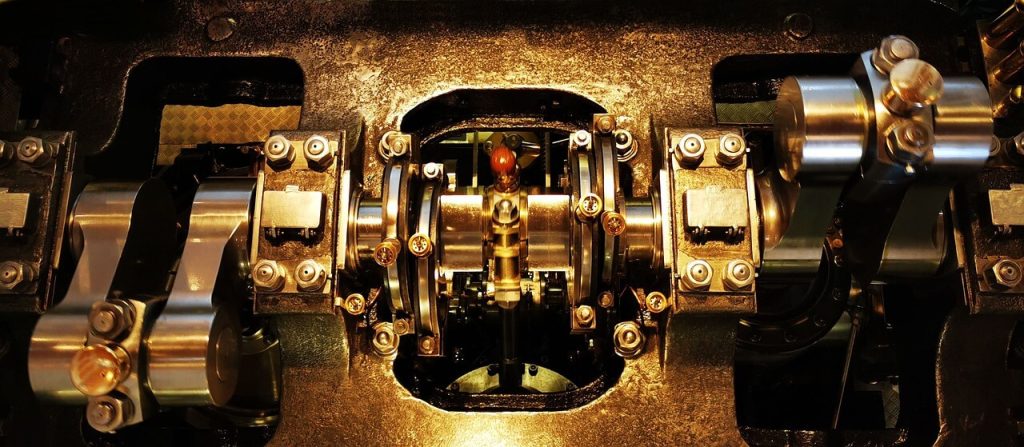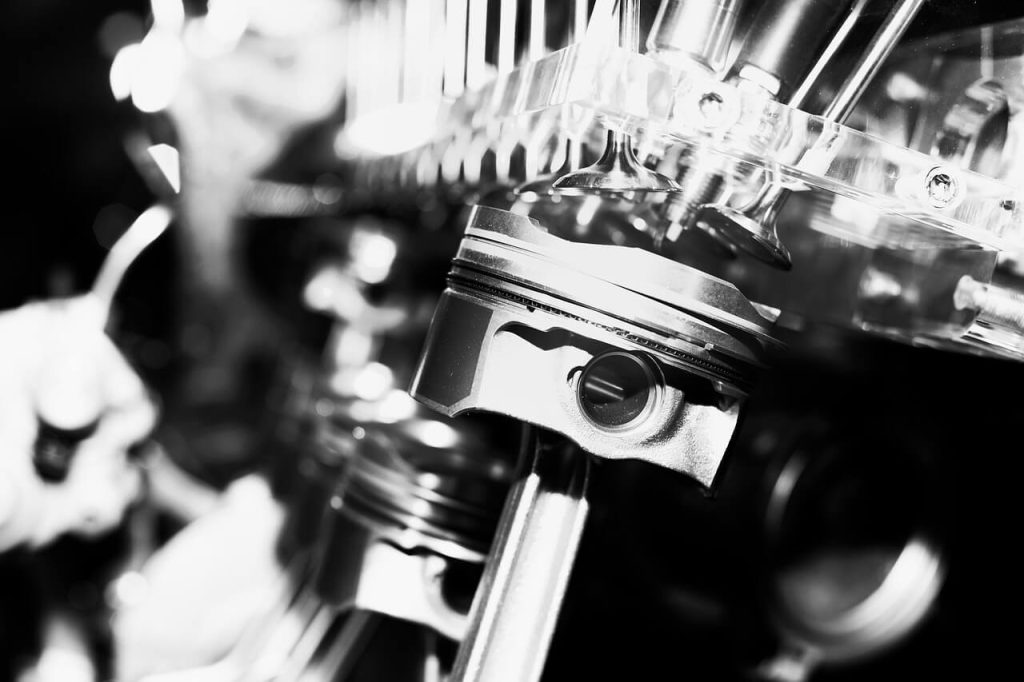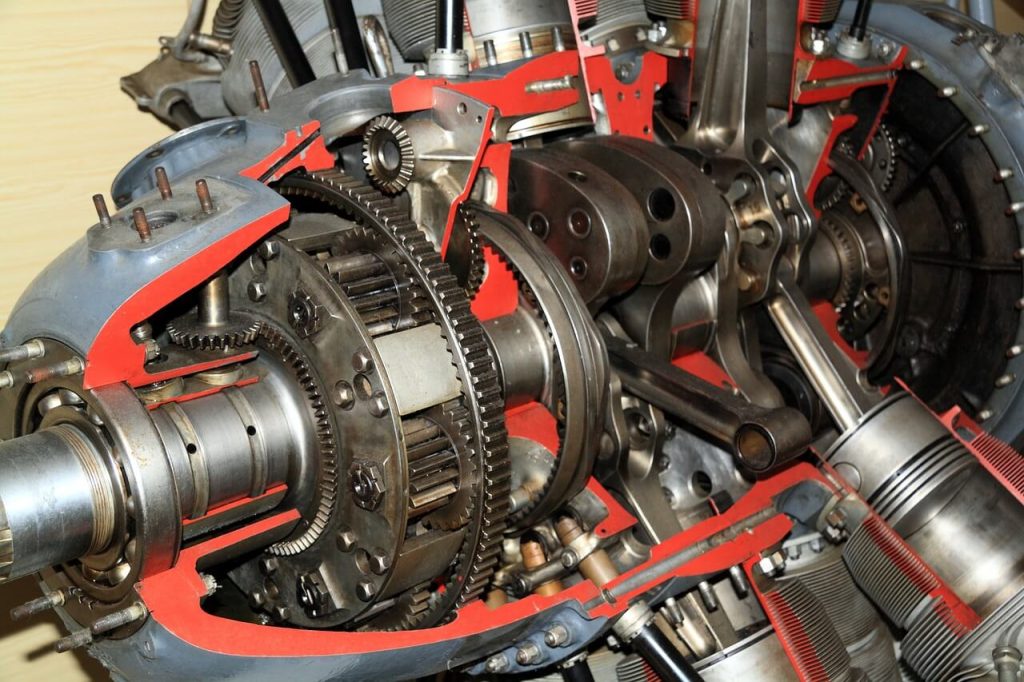Last Updated on June 28, 2023 by Mark S. Taylor
Do you notice greater fuel consumption, decreased engine performance, or a lot of exhaust smoke? These problems might be a result of clogged or carbonized pistons. Carbon buildup on the pistons over time can result in reduced engine performance and even damage. While often cleaning the pistons requires removing them from the engine, there are several ways to do it without doing so. To ensure optimum engine performance and longevity, we will walk you through the procedure of clean pistons without removing them in this post.

Contents
Knowledge About Dirty Pistons
When an engine’s combustion is hampered by dirty or carbonized pistons, less power is produced, more fuel is consumed, and possible engine damage results. For the engine to run at its best, regular piston cleaning is necessary.
Tools & Supplies Necessary
Gather the following equipment and supplies before you start cleaning the pistons:
• Engine cleaning solution • Wire brushes or toothbrushes • Spray bottle • Safety goggles and gloves
• Compressed air • Paper towels or squeaky-clean rags
Getting the Engine Ready
Start by shutting off the engine and letting it cool down in order to ensure safety while cleaning. Remove the battery to avoid any unintentional activation. To protect them from becoming wet, cover delicate parts like the air intake and electrical connections.
Taking Out the Spark Plugs
It is essential to remove the spark plugs in order to reach the pistons. Spark plugs should be carefully taken out one at a time using a socket wrench. Make a note of where each one is to prevent misunderstanding while reinstalling.
Piston cleaning solution application
Follow the manufacturer’s directions for preparing the engine cleaning solution. Apply a generous amount of the mixture to each piston after filling a spray bottle with it. Make sure the entire piston surface is covered in the solution.
Pistons being soaked
For the prescribed amount of time, usually between 15 and 30 minutes, let the cleaning solution sink into the pistons. The carbon deposits are broken down and the dirt is loosened throughout this soaking period.
Clean-up of the Pistons
After the soaking time, gently scrub the pistons using a wire brush or toothbrush. In order to prevent harming the piston surface, be thorough yet delicate. Pay close attention to regions where carbon has accumulated heavily.
Drying and Rinsing
After cleaning the pistons, rinse them with clean water to get rid of any lingering cleaning agent and loosening dirt. To remove extra moisture and make sure the pistons are completely dry, use compressed air.
Putting back the Spark Plugs
Carefully return the spark plugs in their original places after cleaning and drying the pistons. Make sure they are firmly fastened but not too tight. The maintenance of proper engine compression depends on this action.
Engine evaluation
Start the engine after replacing the spark plugs and reconnecting the battery. Keep an ear out for any strange vibrations or sounds. Test the engine to make sure it has improved and that there are no problems.
Prevention Advice to Maintain Clean Pistons
Take into account the following advice to prevent excessive carbon buildup on your pistons:
• Use high-quality fuel to cut down on carbon buildup.
• Replace the oil filter and change the engine oil on a regular basis.
• Steer clear of quick excursions and excessive idling.
• Adhere to the maintenance schedule advised by the manufacturer.
• Take into account utilizing fuel additives made to clean the combustion chamber.

Anatomy of a Piston
Typically, a piston consists of the following parts:
The top of the piston, also known as the crown or head, is where the force from the expanding gases acts.
Skirt: The portion of the piston that is lower and controls how it moves inside the cylinder.
Thin metal rings that are put around the piston to seal the combustion chamber and control oil flow are known as piston rings.
A small pin that joins the piston and connecting rod is known as a wrist pin.
Linking the piston to the crankshaft, the connecting rod transforms linear motion into a rotating motion.
Intake, Compression, Combustion, and Exhaust Strokes in a Piston
In a four-stroke internal combustion engine, the piston travels through four strokes:
During the intake stroke, the intake valve opens as the piston descends, allowing a mixture of fuel and air to enter the combustion chamber.
Compression Stroke: As the piston rises, the air-fuel mixture is compressed, making it more combustible and ready for ignition.
Combustion Stroke: The spark plug ignites the compressed mixture at the peak of the compression stroke, causing an explosion. The piston is forcefully pushed downward by the rapidly expanding gases.
Exhaust Stroke: The piston rises once more, forcing the combustion chamber’s exhaust gases out via the open exhaust valve.
Read More: How to Remove the Crankshaft Pulley: A Step-by-Step Guide
Piston Rings: Their Purpose
Piston rings play a crucial role in the engine’s good sealing and oil management. They have several purposes and are positioned in grooves on the piston’s outside circumference.
Sealing: The rings keep the cylinder’s compression at a constant level while preventing combustion gases from seeping into the crankcase.
Oil Control: To minimize excessive oil consumption and lower pollutants, piston rings scrape extra oil from the cylinder walls and return it to the crankcase.
Indicators of dirty pistons
Several signs of dirty or carbonized pistons can be seen, including:
Reduced Engine Performance: Decreased power and acceleration may be the result of dirty pistons.
Carbon deposits prevent combustion from occurring efficiently, which leads to higher fuel usage.
Excessive Exhaust Smoke: Carbon buildup in the engine might result in the exhaust producing blue or dark smoke.
Rough Idling or Misfiring: Dirty pistons can interfere with the engine’s ability to run smoothly, causing rough idling or misfires.
Why Pistons Get Dirty
Carbon deposits on pistons are caused by a number of factors, including:
Low-quality fuel contains impurities that might cause carbon buildup.
Poor ignition or an insufficient air-to-fuel ratio can cause incomplete combustion, which can result in carbon deposits.
Engine oil contamination can leave residue on the pistons as a result of degraded or contaminated engine oil.
Engine wear: Oil can enter the combustion chamber through worn-out piston rings or valve seals, causing carbon deposits.

FAQs
Q1: Can I clean the pistons with a different substance?
A1: It is advised to use an engine cleaning solution made especially for cleaning pistons. Different solutions might not be as efficient or secure for this goal due to their different compositions.
Q2: Why should I clean my pistons so frequently?
A2: The frequency of cleaning is influenced by a number of variables, including as road conditions and fuel quality. As a general rule, think about cleaning the pistons every 30,000 to 50,000 miles or as advised by the manufacturer of your car.
Q3: Is it possible to clean the pistons without taking out the spark plugs?
A3: In order to reach the pistons and thoroughly clean them, the spark plugs must be removed. Without removing the spark plugs, cleaning the pistons might not be as effective.
Q4: Is it dangerous to clean pistons without removing them?
A4: Clean pistons without removing them is typically safe, but it’s crucial to carefully follow the directions to prevent harming any engine parts. Always put safety first, and if you have any questions or concerns, seek professional advice.
Q5: Do the pistons need to be cleaned to increase fuel efficiency?
A5: By improving the combustion process, cleaning the pistons can increase fuel efficiency. Improved mileage is the result of removing carbon deposits because they provide better airflow and more effective fuel combustion.
